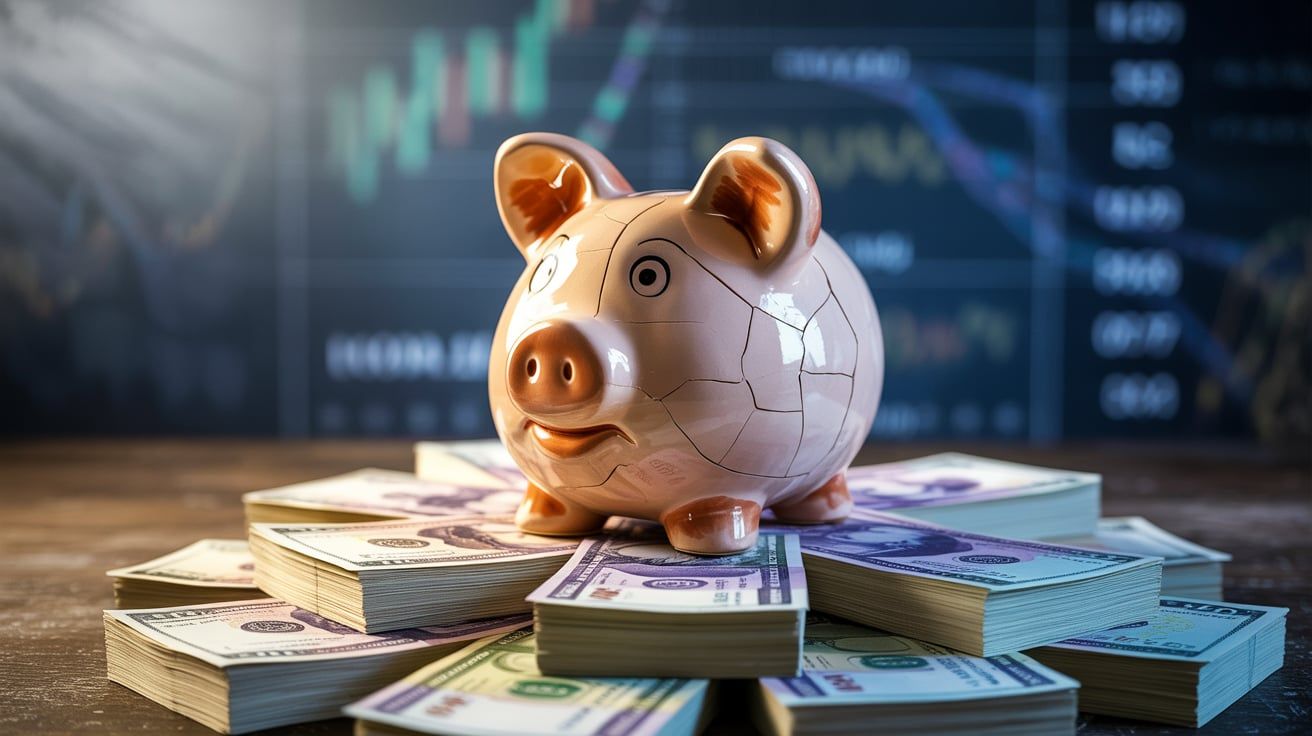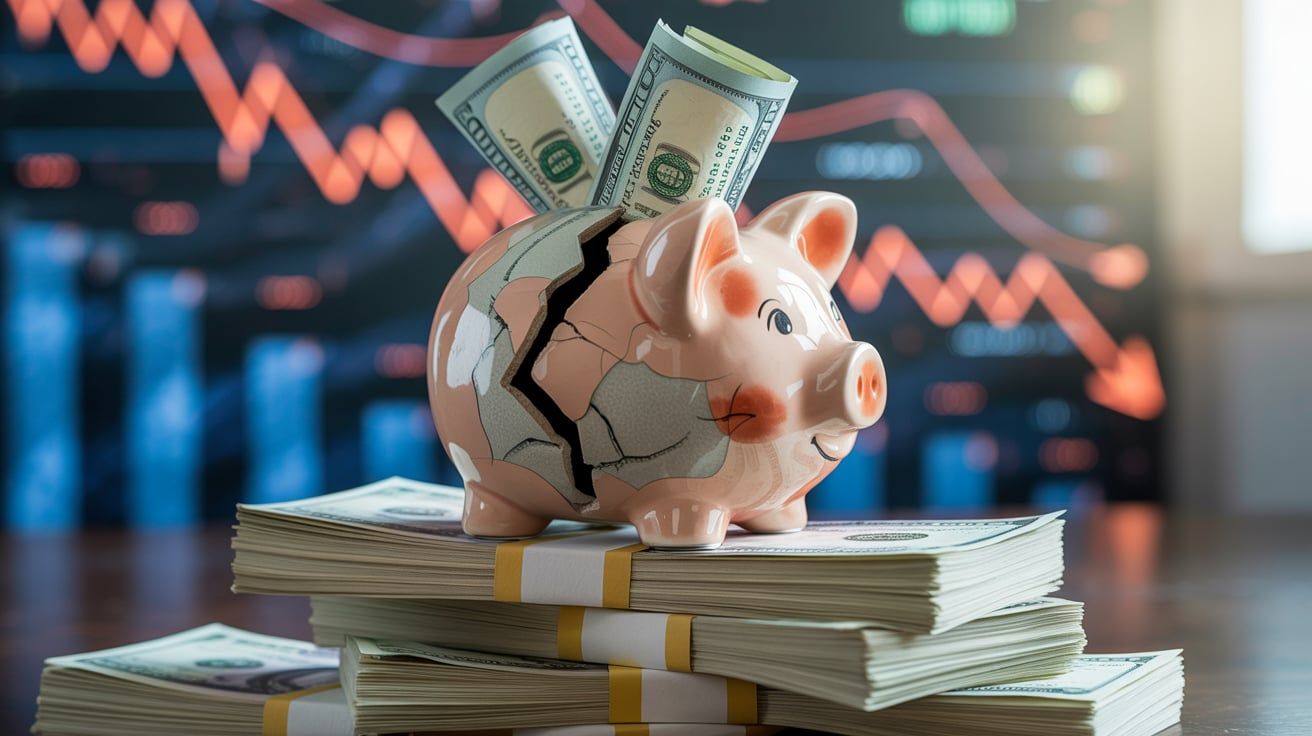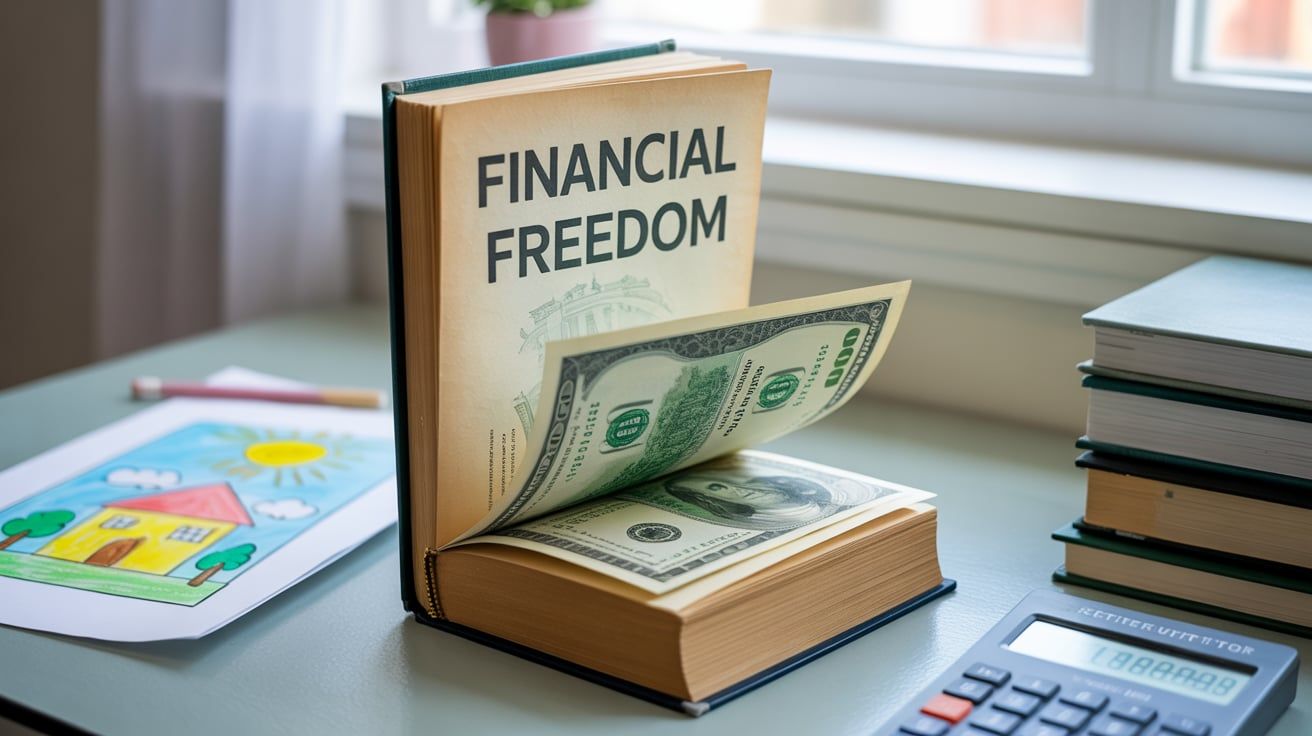Why Financial Gurus Are Wrong About Emergency Funds
The Emergency Fund Myth: A False Sense of Security?
Picture this: you've diligently squirreled away six months' worth of living expenses in a high-yield savings account, just like the financial gurus told you to. You feel secure, prepared for anything life throws your way. Then, BAM! Your car needs a major repair, your roof starts leaking, and your pet requires an emergency surgery – all within the same month. Suddenly, that "comfortable" emergency fund feels woefully inadequate. The truth is, the standard advice about emergency funds, while well-intentioned, often falls short in the face of real-world financial crises.
We've all heard the mantra: "Save 3-6 months of living expenses for emergencies." But is this a one-size-fits-all solution? Does it truly protect you from the unexpected curveballs life throws? Let's delve deeper into why this conventional wisdom might be flawed and explore alternative strategies for building genuine financial resilience.
The Problem with a Fixed Number: Life Isn't Predictable
The biggest flaw in the "3-6 months" rule is its inherent rigidity. Life isn't a spreadsheet; it's messy, unpredictable, and often throws multiple challenges your way simultaneously. A fixed number, based on your current expenses, fails to account for the potential severity or frequency of emergencies. What if you lose your job and your spouse gets sick? What if a natural disaster strikes your home? A static emergency fund might quickly evaporate, leaving you scrambling for solutions.
Furthermore, the "3-6 months" rule often discourages people from taking proactive steps to mitigate risks. They feel secure with their savings, neglecting crucial aspects like adequate insurance coverage or exploring alternative income streams. This false sense of security can be more dangerous than having no emergency fund at all.
Opportunity Cost: Is Your Savings Account a Money Graveyard?
While having some savings is undoubtedly better than none, parking a large sum of money in a low-yield savings account comes with a significant opportunity cost. Inflation erodes the purchasing power of your savings over time, meaning your money is effectively losing value. Meanwhile, that same money could be invested in assets with the potential for higher returns, such as stocks, bonds, or real estate. This doesn't mean you should recklessly invest your entire emergency fund, but it does highlight the importance of considering alternative strategies that balance security with growth.
Think of it this way: if you're earning a paltry 0.5% interest on your savings while inflation is running at 3%, you're losing 2.5% of your money's value each year. Over several years, this can add up to a substantial loss. It's crucial to find ways to make your money work harder for you, even within the context of emergency preparedness.
Insurance: Your First Line of Defense
Before obsessing over a massive emergency fund, prioritize adequate insurance coverage. This is often a more effective and cost-efficient way to protect yourself from major financial setbacks. Health insurance, homeowners insurance, auto insurance, and disability insurance can all shield you from potentially devastating expenses. Review your policies regularly to ensure they provide sufficient coverage for your specific needs and circumstances.
Consider increasing your deductibles to lower your premiums, but only if you can comfortably afford to pay the deductible in the event of a claim. This can free up cash flow that can be directed towards other financial goals, such as investment or debt repayment. Remember, insurance is designed to cover large, unexpected expenses, while your emergency fund should primarily address smaller, more frequent needs.
Beyond Savings: Building a Resilient Financial Foundation
True financial security goes beyond simply accumulating savings. It involves building a resilient financial foundation that can withstand various economic shocks. This includes diversifying your income streams, developing valuable skills, and managing your debt effectively. Consider starting a side hustle, freelancing, or investing in assets that generate passive income. These strategies can provide a buffer against job loss or unexpected expenses.
Furthermore, focus on paying down high-interest debt, such as credit card debt or personal loans. These debts can quickly spiral out of control during a financial crisis, making it even harder to recover. By reducing your debt burden, you free up cash flow and reduce your overall financial vulnerability.
The Power of a Line of Credit: A Safety Net You Can Tap Into
While not a replacement for savings or insurance, a line of credit can serve as a valuable safety net in times of emergency. A home equity line of credit (HELOC) or a personal line of credit can provide access to funds when you need them most. However, it's crucial to use these lines of credit responsibly and avoid accumulating unnecessary debt. Only borrow what you need and have a plan for repayment.
Remember that lines of credit typically come with interest rates, so it's important to shop around for the best terms and compare offers from different lenders. Also, be aware that your credit score can be affected if you miss payments or exceed your credit limit. Use a line of credit as a last resort, not as a substitute for proper financial planning.
Strategic Investment: Balancing Growth and Liquidity
Instead of hoarding cash in a low-yield savings account, consider strategically investing a portion of your emergency fund in liquid assets. This could include short-term bond funds, money market accounts, or even dividend-paying stocks. The key is to choose investments that are relatively stable and can be easily converted to cash when needed. While there's always some risk involved in investing, the potential for higher returns can help offset the effects of inflation and grow your wealth over time.
Before investing any portion of your emergency fund, carefully assess your risk tolerance and investment horizon. Consult with a financial advisor to determine the best investment strategy for your individual circumstances. Remember, the goal is to balance security with growth, not to gamble with your emergency savings.
Rethinking the Emergency Fund: A Personalized Approach
Ultimately, the ideal emergency fund strategy is one that is tailored to your specific needs, circumstances, and risk tolerance. There's no one-size-fits-all solution. Instead of blindly following the "3-6 months" rule, take a holistic approach to financial planning that considers your income, expenses, debt, insurance coverage, and investment goals. By building a resilient financial foundation, diversifying your income streams, and strategically managing your assets, you can create a safety net that truly protects you from the unexpected.
So, let's ditch the outdated advice and embrace a more proactive and personalized approach to emergency preparedness. It's time to move beyond the myth of the fixed emergency fund and build genuine financial resilience that empowers you to navigate life's challenges with confidence. Start by reviewing your insurance policies, assessing your debt burden, and exploring alternative income streams. Your financial future depends on it.



